In the miniature world beneath our feet, epic battles and sophisticated warfare strategies unfold daily. Ants, those tiny social insects found on every continent except Antarctica, include some species that have evolved into nature’s most formidable warriors. These aggressive ant species don’t merely compete for resources—they wage total war, employing chemical weaponry, physical strength, and tactical genius to dominate their environments. From the infamous fire ants that create living rafts during floods to army ants that conduct raids with military precision, these tiny conquerors demonstrate that in nature, size isn’t always the determining factor in success. This exploration into the world’s most aggressive ants reveals not just their remarkable battle tactics, but how these strategies have allowed them to become ecological dominators in some of Earth’s most competitive environments.
Fire Ants: The Burning Invaders
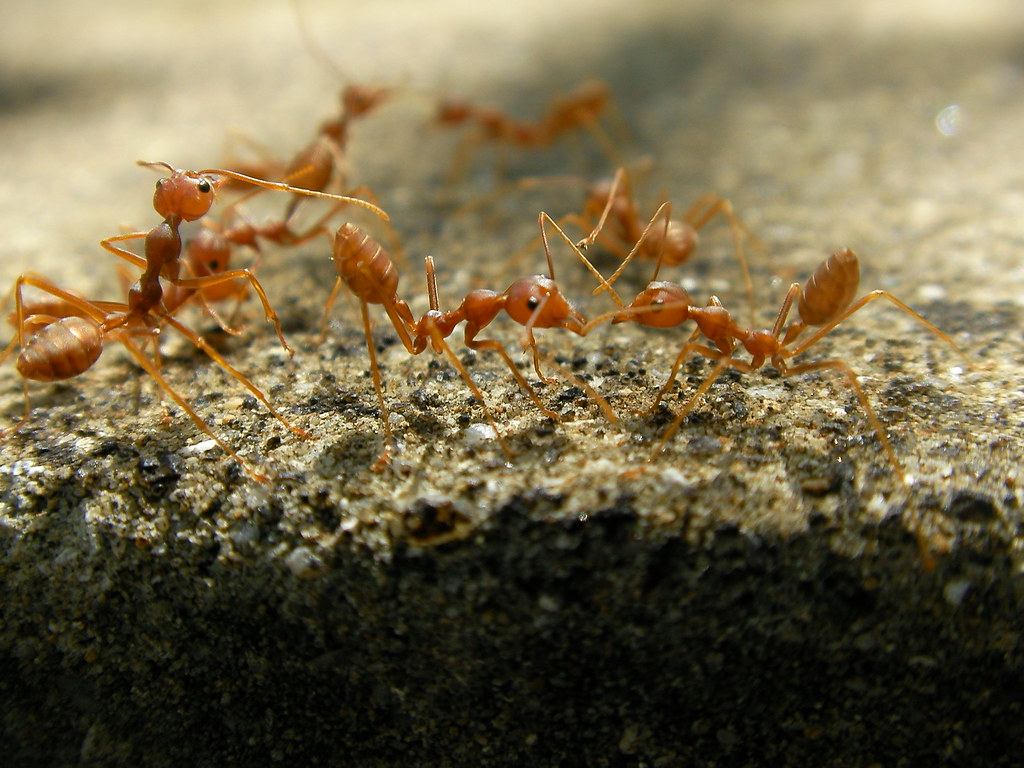
Red imported fire ants (Solenopsis invicta) have earned their fearsome reputation through both their painful sting and their remarkable aggressive tendencies toward other ant species. Originally from South America, these invaders have spread across the southern United States, displacing native ant species through their superior competitive abilities. Their venom contains alkaloid compounds that cause the characteristic burning sensation when they sting, giving them an immediate advantage in confrontations. What makes fire ants particularly dominant is their ability to form super colonies with multiple queens, allowing them to reach incredibly high population densities that overwhelm competing species. During floods, these resourceful insects create living rafts by linking their bodies together, demonstrating the collective problem-solving that makes them such successful invaders in new territories.
Army Ants: Nature’s Organized Raiders
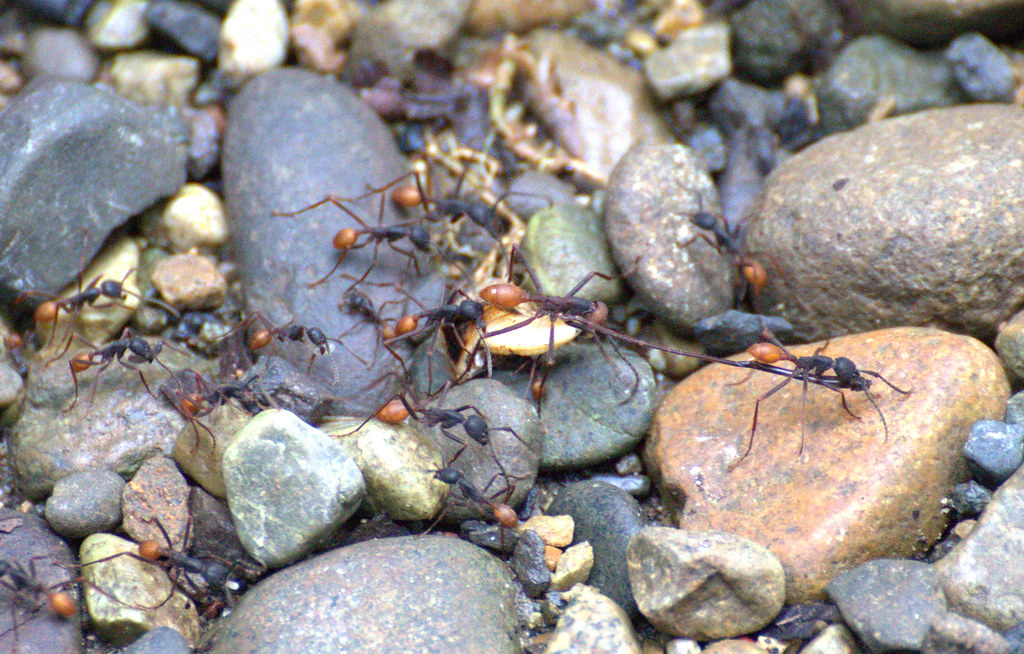
Army ants (Eciton burchellii) represent nature’s most coordinated hunters, conducting raids that can involve millions of individuals moving as a unified force. Unlike many ant species that establish permanent nests, army ants are nomadic, creating temporary bivouacs with their own bodies while constantly moving in search of prey. Their raiding parties advance in a fan-shaped formation that can be up to 20 meters wide, overwhelming any insects, small vertebrates, or rival ant colonies in their path. The soldiers of army ant colonies possess enormous mandibles specialized for combat, capable of slicing through the exoskeletons of other insects with ease. What makes them particularly formidable is their sheer numerical advantage—a mature colony can consume up to 500,000 prey items in a single day, effectively clearing entire areas of potential competitors.
Bullet Ants: The Pain Specialists
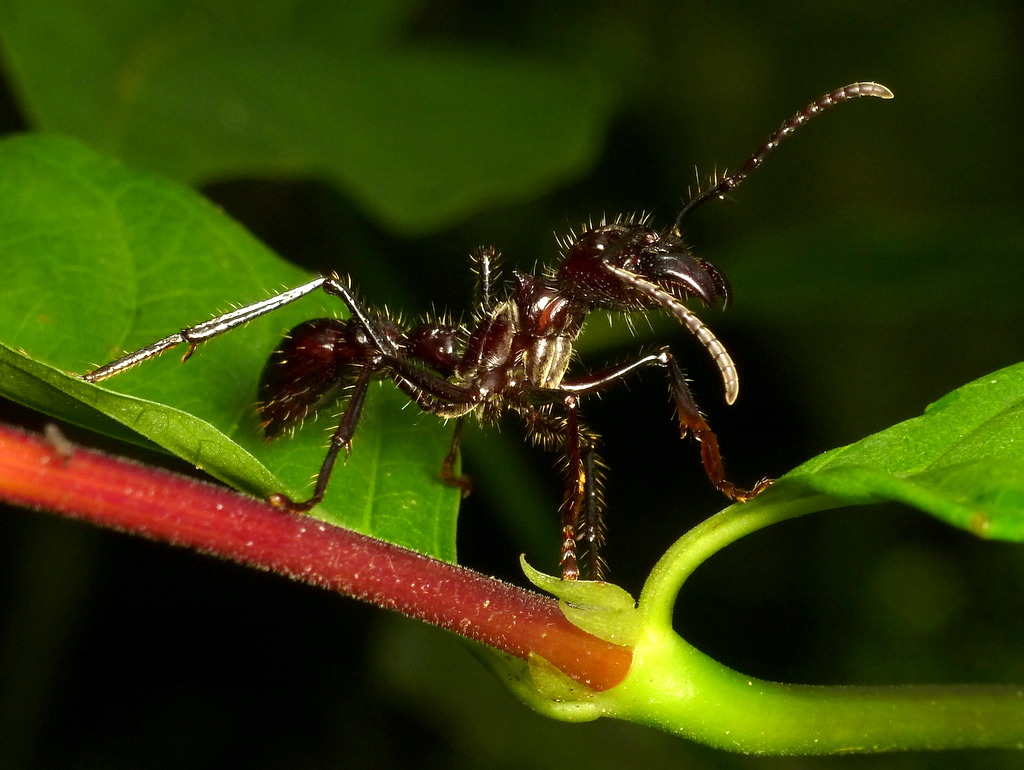
Paraponera clavata, commonly known as bullet ants, earn their name from their sting, which produces pain comparable to being shot—ranking highest on the Schmidt Pain Index. Native to the rainforests of Central and South America, these large ants grow up to 1.2 inches long and don’t need large numbers to intimidate competitors. Their venom contains poneratoxin, a neurotoxic peptide that causes intense pain, trembling, and even temporary paralysis in victims. Bullet ants are fiercely territorial, with colonies aggressively defending their arboreal nests against any intruders, including much larger animals. When competing with other ant species for territory, bullet ants don’t rely on numerical superiority like many aggressive species, but instead use their size and legendary sting to dominate confrontations, effectively ensuring that few competitors dare challenge their territorial claims.
Asian Driver Ants: The Overwhelming Force
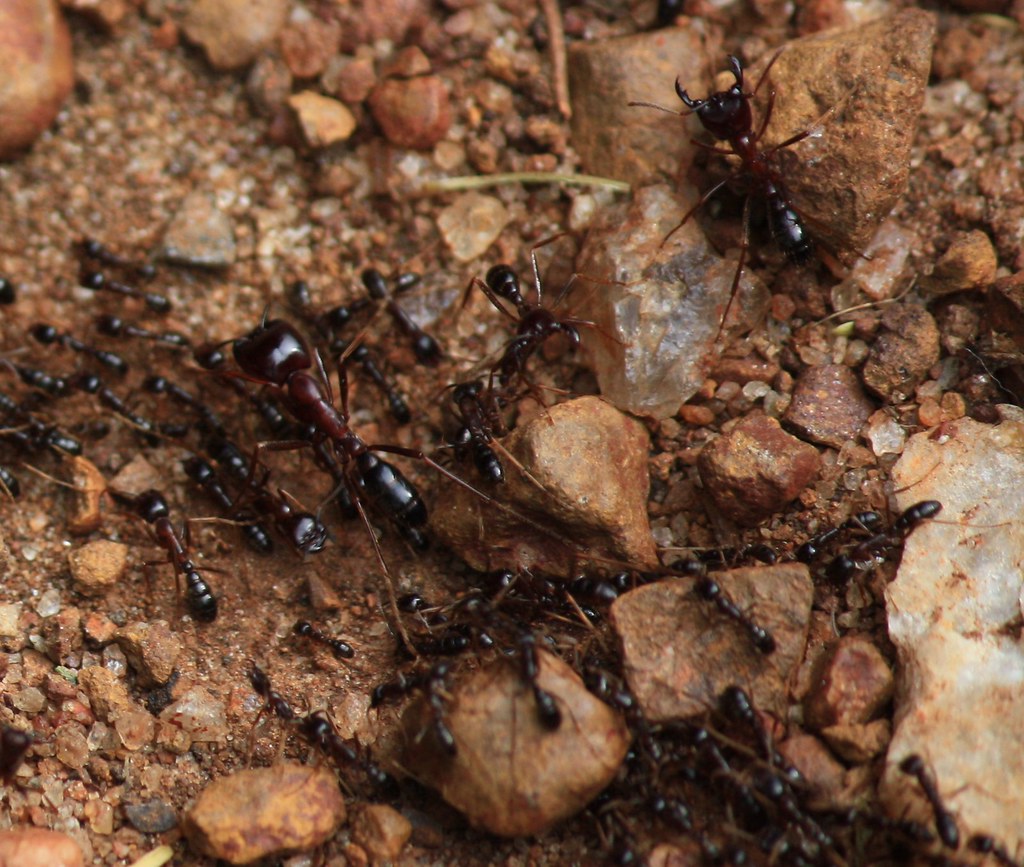
Dorylus species, commonly known as driver or safari ants in Asia and Africa, employ the strategy of overwhelming numerical superiority to dominate their environments. A single colony can contain over 20 million individuals, creating living superorganisms that move across the landscape devouring everything in their path. These ants communicate through pheromone trails as they coordinate their movements with remarkable efficiency, allowing them to respond collectively to threats or opportunities. The soldiers of driver ant colonies possess powerful mandibles that can close with such force they’re sometimes used as natural sutures in some cultures. When driver ant colonies encounter rival ant species, they simply overwhelm them through sheer numbers, with millions of workers swarming over enemy nests and dismembering defenders piece by piece—a brutal but effective strategy that ensures their ecological dominance.
Argentine Ants: The Supercolony Builders
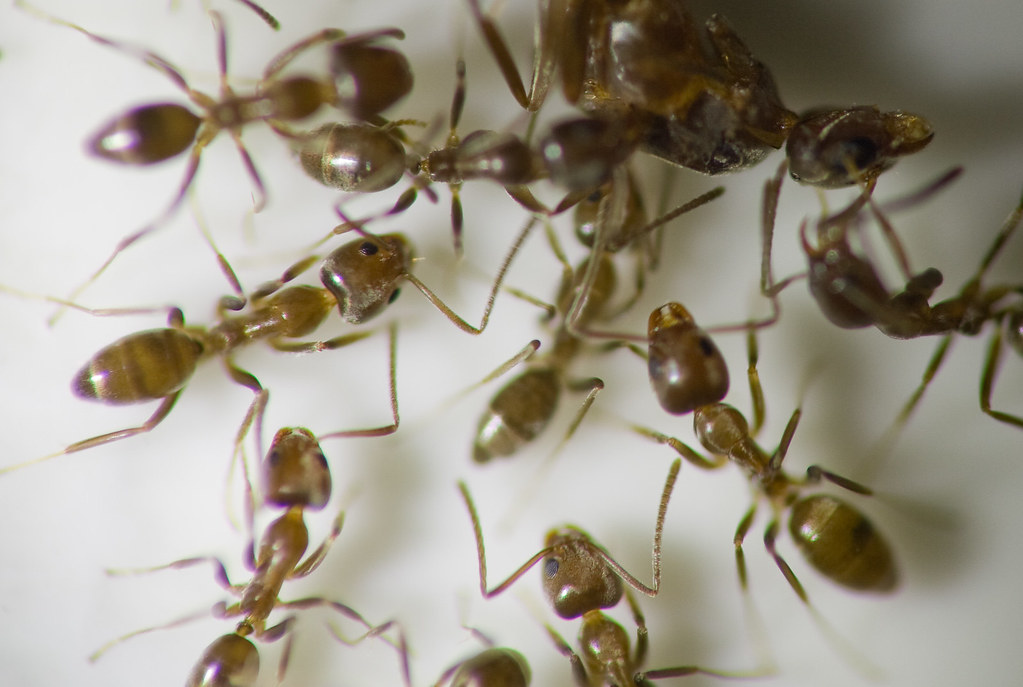
Linepithema humile, the Argentine ant, has achieved global invasion success through a remarkable adaptation: the formation of supercolonies where workers from different nests cooperate rather than compete. In their native South America, Argentine ants form normally sized colonies that compete with each other, but in invaded territories across California, Europe, and elsewhere, they’ve formed cooperative supercolonies that can stretch for thousands of miles. This evolutionary strategy allows them to direct their aggression solely toward other species rather than wasting resources on internal competition. Argentine ants secrete chemicals that help them recognize colony members, creating an “us versus them” identification system that permits unprecedented cooperation. Their aggression toward native ant species involves surrounding enemy nests, blocking entrances, and systematically picking off workers until the colony collapses—a strategy that has led to local extinction of many native ant species in invaded territories.
Weaver Ants: The Arboreal Dominators
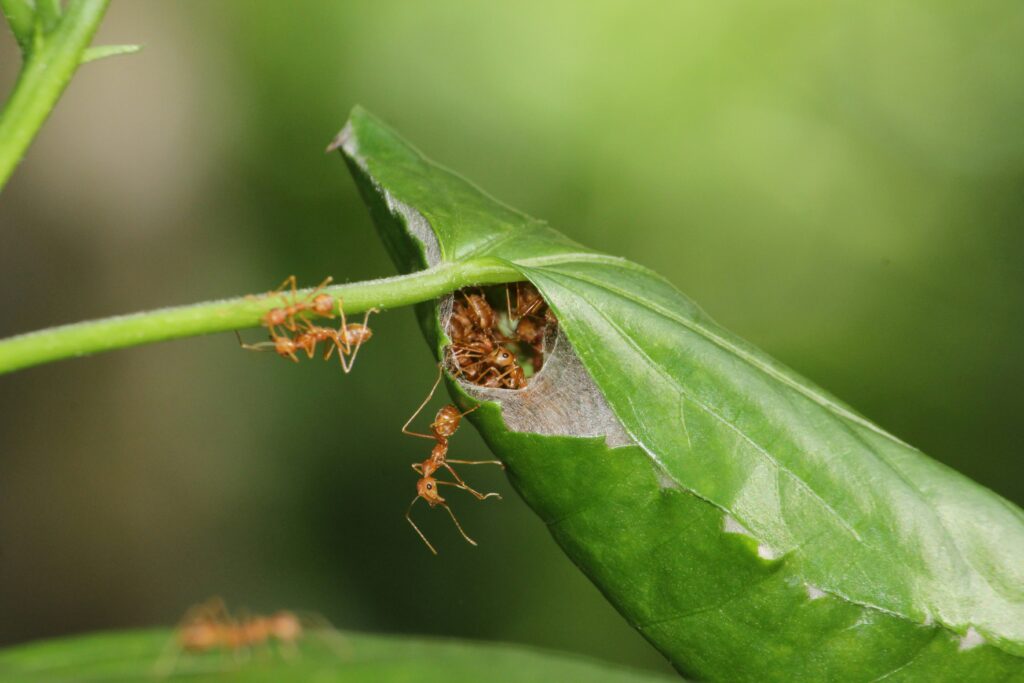
Oecophylla species, commonly known as weaver ants, control the canopies of trees across Africa, Asia, and Australia through remarkable territorial aggression and architectural skills. These ants create elaborate nests by weaving leaves together using silk produced by their larvae, allowing them to dominate the treetops where they aggressively defend their territories against all intruders. Weaver ant colonies deploy specialized teams of workers that patrol their territory, immediately attacking any rival ants that venture into their domain with powerful mandibles and formic acid spray. Their territorial marking involves depositing pheromone trails that essentially create invisible boundaries that they vigorously enforce against competitors. Research has shown that trees inhabited by weaver ants have significantly fewer other arthropod species present, demonstrating their effectiveness at ecological dominance in their preferred habitats.
Leafcutter Ants: Agricultural Competitors

Atta and Acromyrmex species, collectively known as leafcutter ants, dominate their ecosystems not through direct combat but by monopolizing resources through advanced agricultural practices. These sophisticated insects cut and process fresh vegetation to grow fungal gardens that serve as their primary food source, effectively converting a huge proportion of the available plant material in their habitat to their exclusive use. Leafcutter colonies can contain millions of individuals organized into specialized castes, including large soldier ants with massive mandibles that defend against rival colonies and predators. Their ecological dominance comes from their ability to harvest up to 17% of the leaf production in their habitats, removing this biomass from the resource pool available to competitors. When territorial disputes arise with other ant species, leafcutters mobilize their specialized soldiers, whose oversized heads and mandibles can easily dismember rivals, ensuring their farming operations continue undisturbed.
Crazy Ants: The Electronic Invaders

Nylanderia fulva, known as tawny crazy ants or Rasberry crazy ants, have emerged as one of the most problematic invasive species in the southern United States, with a unique strategy for dominating even fire ants. Unlike most ant species, crazy ants produce formic acid as a defensive compound, which they can use to detoxify the venom of fire ants—essentially immunizing themselves against their most significant competitor. This chemical innovation allows crazy ants to directly confront fire ant colonies, overrunning them through numerical superiority and their chemical defense advantage. Their name comes from their erratic movement patterns, which contribute to their success by making them unpredictable in confrontations with other species. Perhaps most unusually, these ants are attracted to electronic equipment, where they cause short circuits by piling into devices in massive numbers, creating a bizarre modern ecological niche that no other ant species has exploited.
Big-Headed Ants: The Dimorphic Warriors
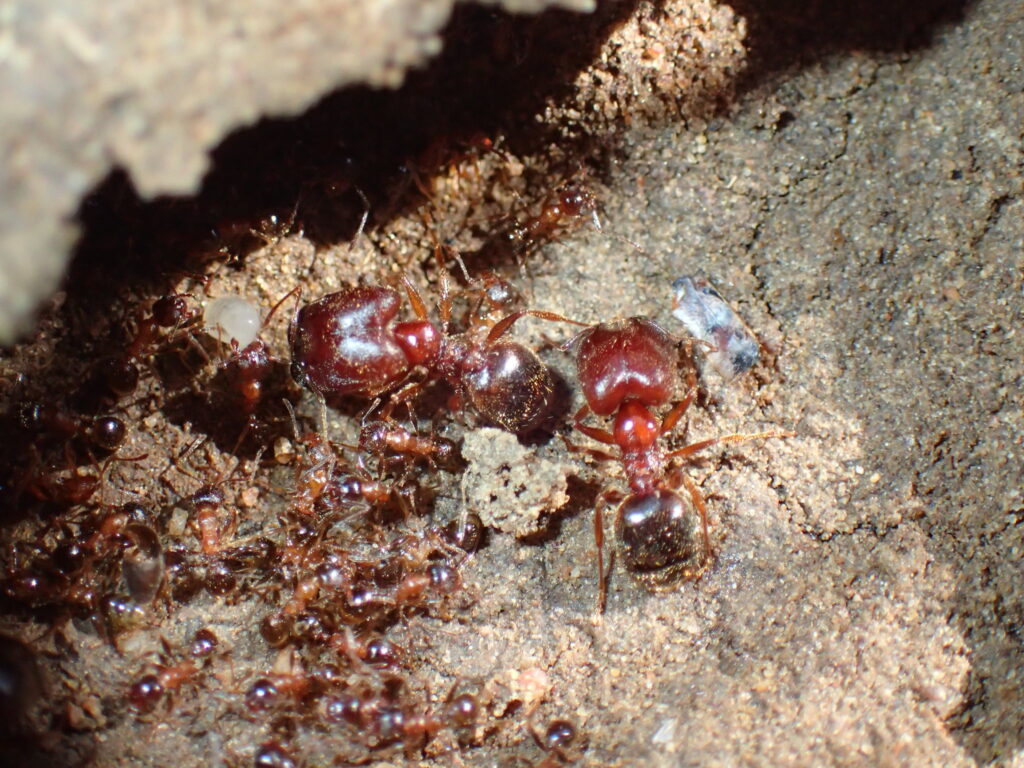
Pheidole species, commonly known as big-headed ants, employ a dramatic physical polymorphism as their strategy for ecological dominance, with soldier castes developing enormously enlarged heads and powerful mandibles. These invasive ants have spread to tropical and subtropical regions worldwide, where their division of labor allows them to excel at both resource gathering and territorial defense. During colony conflicts, big-headed ants deploy their soldiers in organized formations, using them as living barricades to protect smaller worker ants while they systematically dismantle enemy forces. The soldiers’ oversized mandibles can generate crushing force, allowing them to decapitate rival ants or sever limbs with a single bite. Additionally, Pheidole colonies excel at mass recruitment, rapidly mobilizing large numbers of workers to newly discovered resources or threats, allowing them to overwhelm competitors through coordinated action rather than individual combat prowess.
Trap-Jaw Ants: The Ballistic Specialists
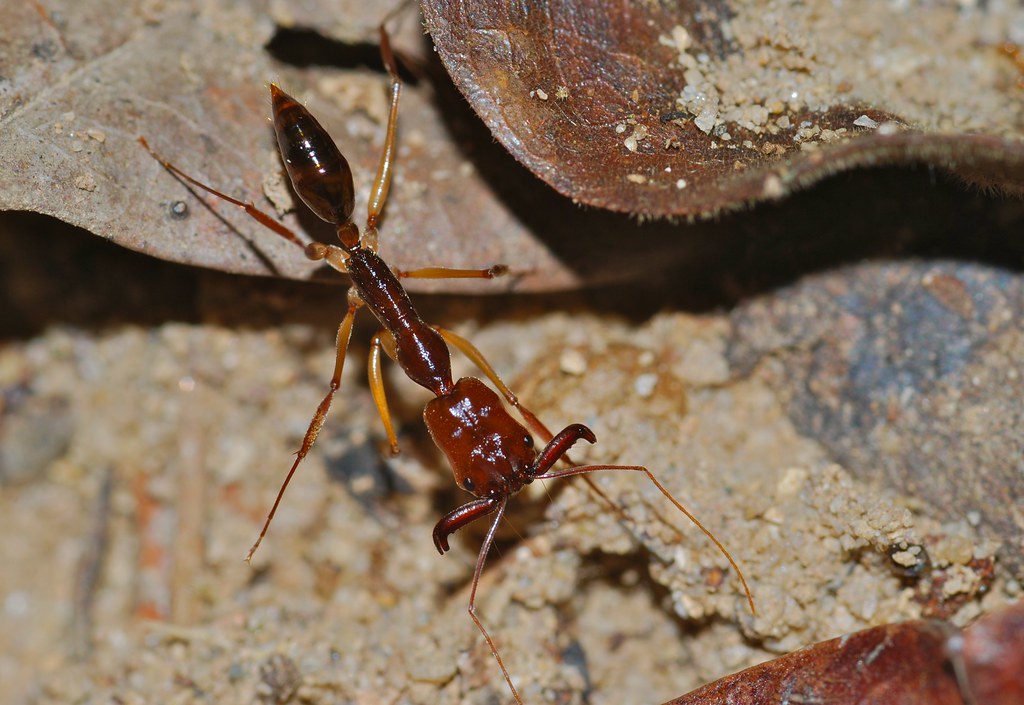
Odontomachus species, known as trap-jaw ants, possess the fastest-moving predatory appendages in the animal kingdom, with mandibles that can close at speeds of up to 140 mph. This adaptation serves both as a hunting mechanism and as a formidable weapon against rival ant species, allowing trap-jaw ants to disable or kill competitors with surgical precision. Beyond offensive capabilities, these specialized mandibles also provide a unique escape mechanism—when threatened, trap-jaw ants can snap their jaws against the ground, launching themselves into the air and away from danger. During territorial disputes, trap-jaw ants position themselves at colony entrances, creating a defensive perimeter where approaching enemies are immediately engaged by these living weapons. Their mandible strikes are so powerful they can decapitate smaller ant species instantly, making individual trap-jaw ants equivalent to heavy artillery in the miniature warfare of competing colonies.
Amazon Ants: The Slave-Makers
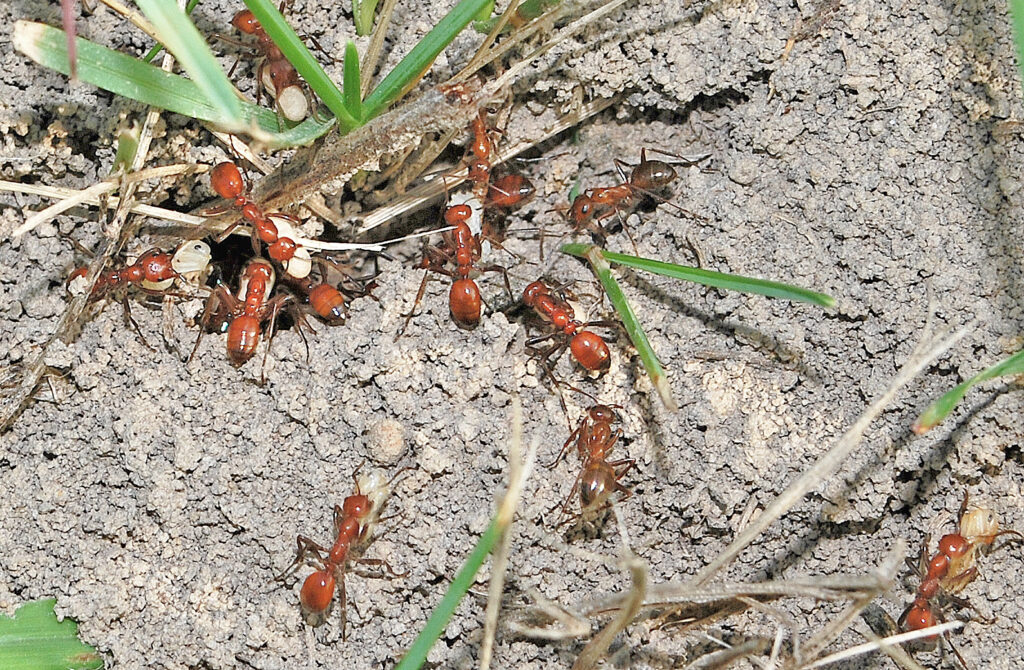
Polyergus species, known as Amazon ants or slave-maker ants, have evolved perhaps the most socially aggressive strategy: they conduct raids specifically to capture pupae from other ant colonies, which they bring back to their own nests. The captured ants emerge in the Amazon ant colony and, through chemical manipulation, identify as members of their captors’ society, performing all the work of the colony while the Amazon ants specialize solely in warfare and reproduction. Amazon ants possess saber-shaped mandibles specially adapted not for work but for combat, allowing them to efficiently pierce the head capsules of defending ants during their raids. These raids are sophisticated operations involving scout ants that first locate target colonies, followed by precisely coordinated attack columns that overwhelm the defenders. Over time, Amazon ants have become so specialized for their parasitic lifestyle that they cannot even feed themselves, representing one of the most extreme cases of social parasitism and aggressive specialization in the ant world.
Chemical Warfare Specialists: The Poison Sprayers
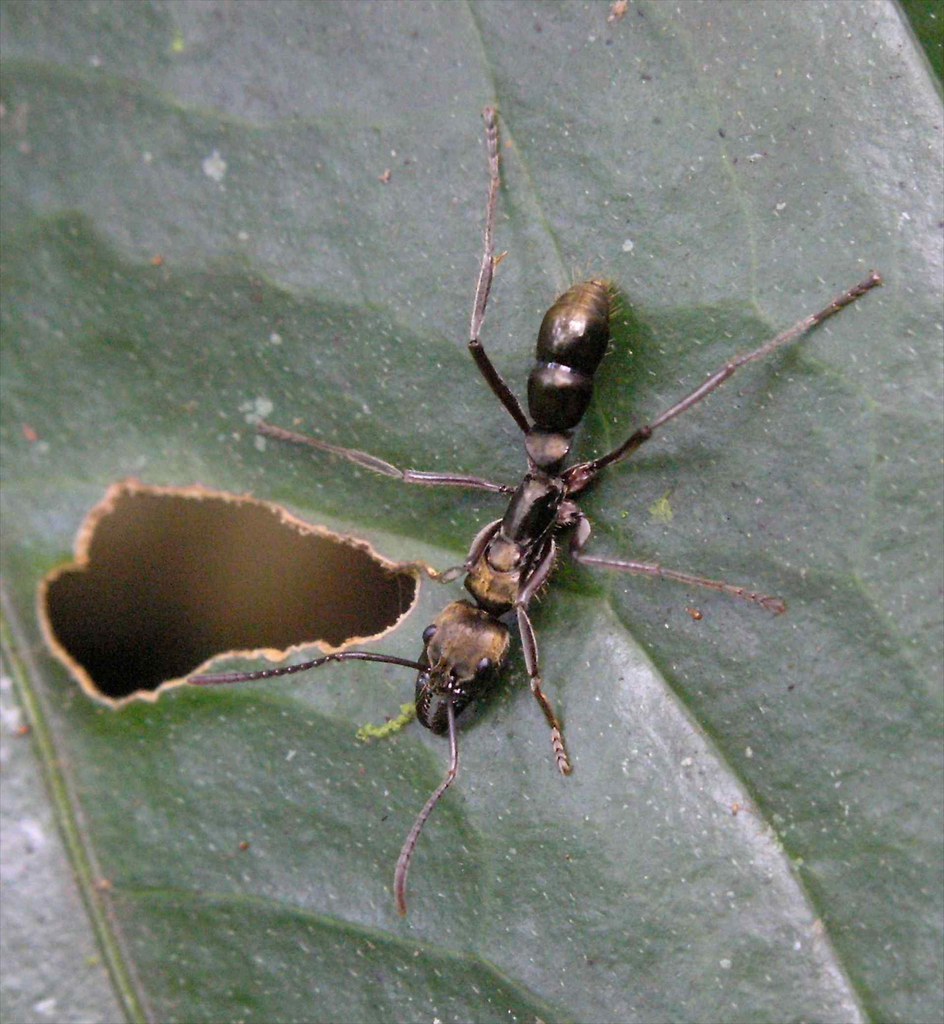
Several highly aggressive ant species have evolved sophisticated chemical weapons that give them decisive advantages in competition with rival colonies. The aptly named poison ants (Pachycondyla species) produce potent neurotoxins that they can inject or spray during conflicts, causing rapid paralysis in their opponents. Formica species deploy formic acid spray with remarkable accuracy, creating effective defensive perimeters that few competitors can penetrate. Some Crematogaster species, known as acrobat ants, can aim their gasters (abdomens) in nearly any direction to precisely target enemies with repellent chemicals, allowing them to defeat much larger ant species through chemical superiority. These chemical specialists demonstrate that in the evolutionary arms race of ant aggression, toxins and repellents can be more decisive than physical strength, creating effective dominance hierarchies where chemically advanced species can control territories despite being smaller or less numerous than their competitors.
The Ecological Impact of Aggressive Ants
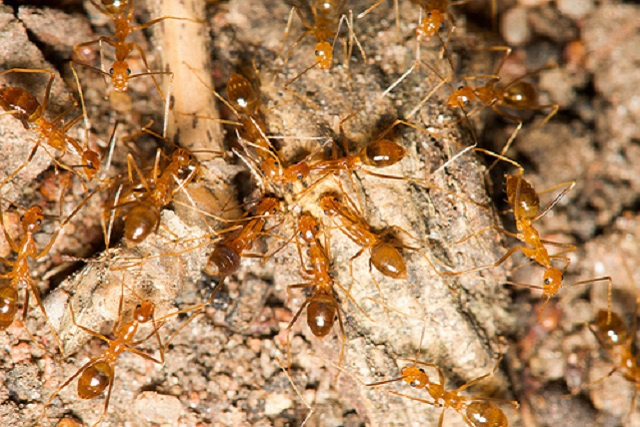
The dominance strategies of aggressive ant species extend far beyond simple competition, often reshaping entire ecosystems through their activities. When invasive ant species like fire ants or Argentine ants establish themselves in new territories, they frequently cause cascading ecological effects by displacing native ant species that serve as seed dispersers, soil engineers, and population controllers of other insects. Research has shown that areas invaded by aggressive ant species often experience significant reductions in arthropod diversity, altering nutrient cycling and plant community composition. Some particularly aggressive species can even impact vertebrate populations by consuming the eggs of ground-nesting birds or reptiles, or by monopolizing food resources needed by other animals. The ecological dominance achieved by aggressive ants demonstrates how relatively small organisms can become keystone species that disproportionately influence ecosystem function through their territorial behavior and competitive success.
Conclusion
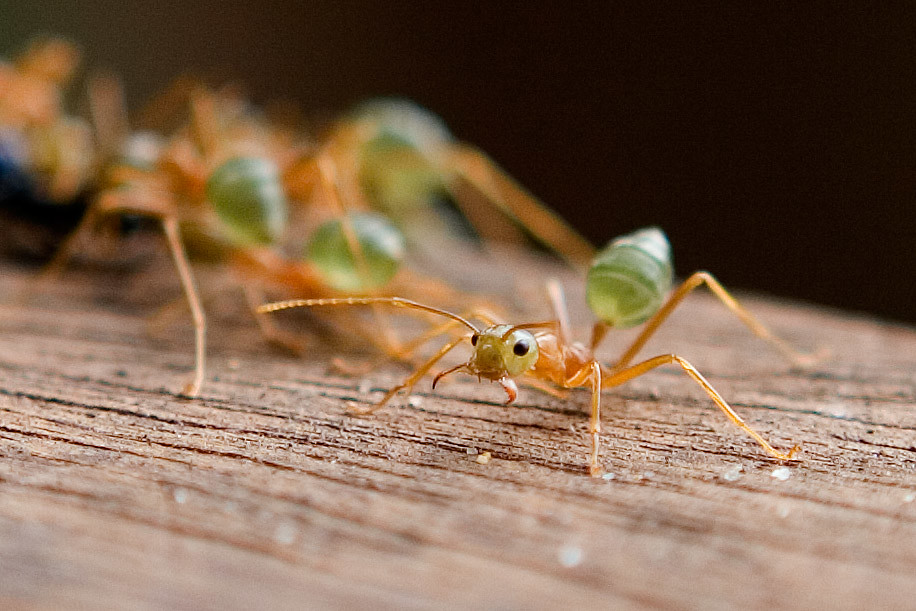
The world’s most aggressive ants have evolved an astonishing array of adaptations for dominating their competitors, from the chemical warfare of fire ants to the coordinated raiding parties of army ants. These strategies demonstrate the power of social organization, specialized adaptations, and sheer numerical advantage in ecological competition. While these aggressive tendencies can make certain ant species problematic when they become invasive outside their native ranges, they also provide fascinating insights into evolutionary biology and the dynamics of competition. Understanding how these tiny warriors achieve such outsized influence in their environments helps us appreciate the complex interplay of forces that shape natural communities and underscores the remarkable results that can emerge from evolutionary processes over time. As we continue to study these miniature conquerors, we gain not just knowledge about ants themselves, but deeper insights into the fundamental principles that govern competition and dominance throughout the natural world.

